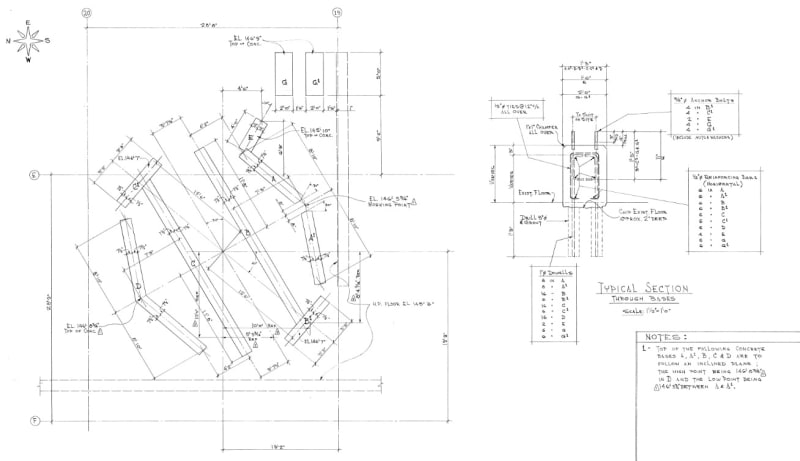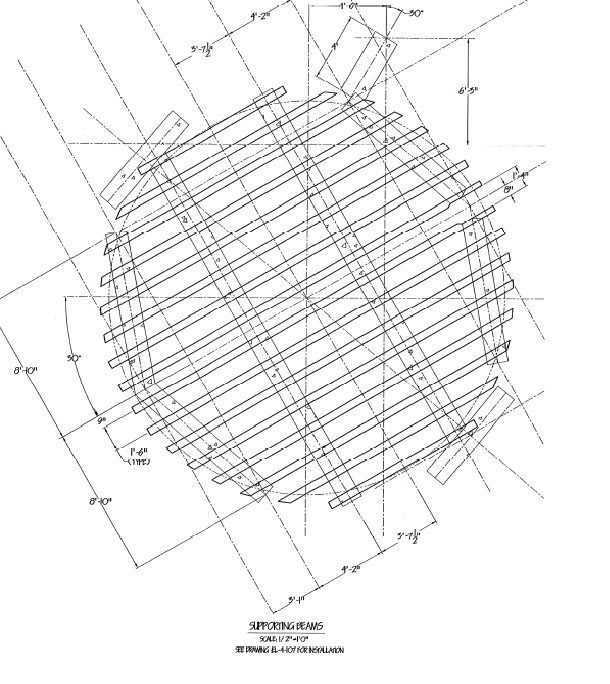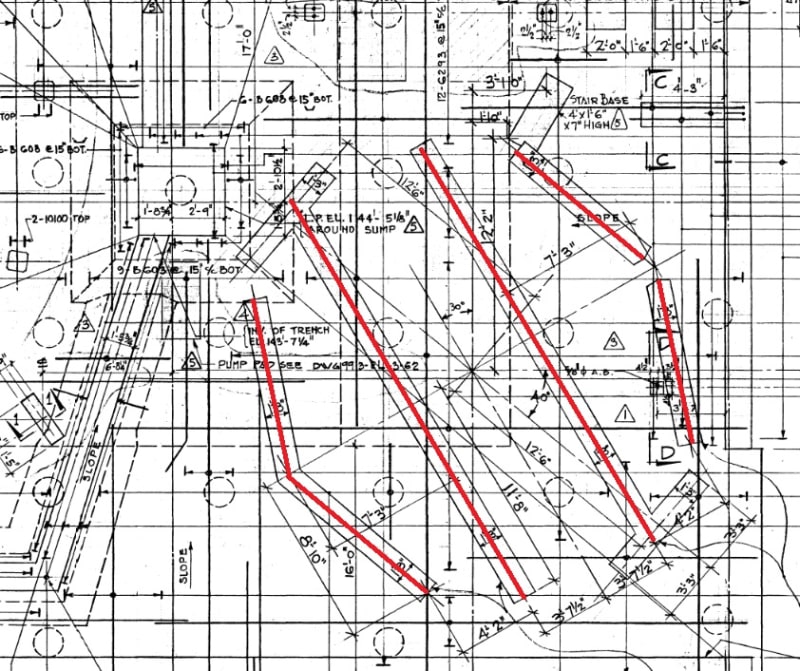hamza41
Civil/Environmental
- Jul 7, 2015
- 51
Hi everyone,
We want to provide a slab foundation for a new steel tank (22.5' diam, 12' H) inside a building which already has a general slab of almost 2 feet over concrete piles as shown in the sketch below.
My question is: can we constrcut the new foundation over the existing slab with no mechanical connections (dowels) by just pouring the concrete (reinforced) over it and considering the existing slab as a hard soil. I don't think we need to connect them with bars or bounding. What do you think ? Is there something I might have missed ?
Thank you for your help.

We want to provide a slab foundation for a new steel tank (22.5' diam, 12' H) inside a building which already has a general slab of almost 2 feet over concrete piles as shown in the sketch below.
My question is: can we constrcut the new foundation over the existing slab with no mechanical connections (dowels) by just pouring the concrete (reinforced) over it and considering the existing slab as a hard soil. I don't think we need to connect them with bars or bounding. What do you think ? Is there something I might have missed ?
Thank you for your help.




